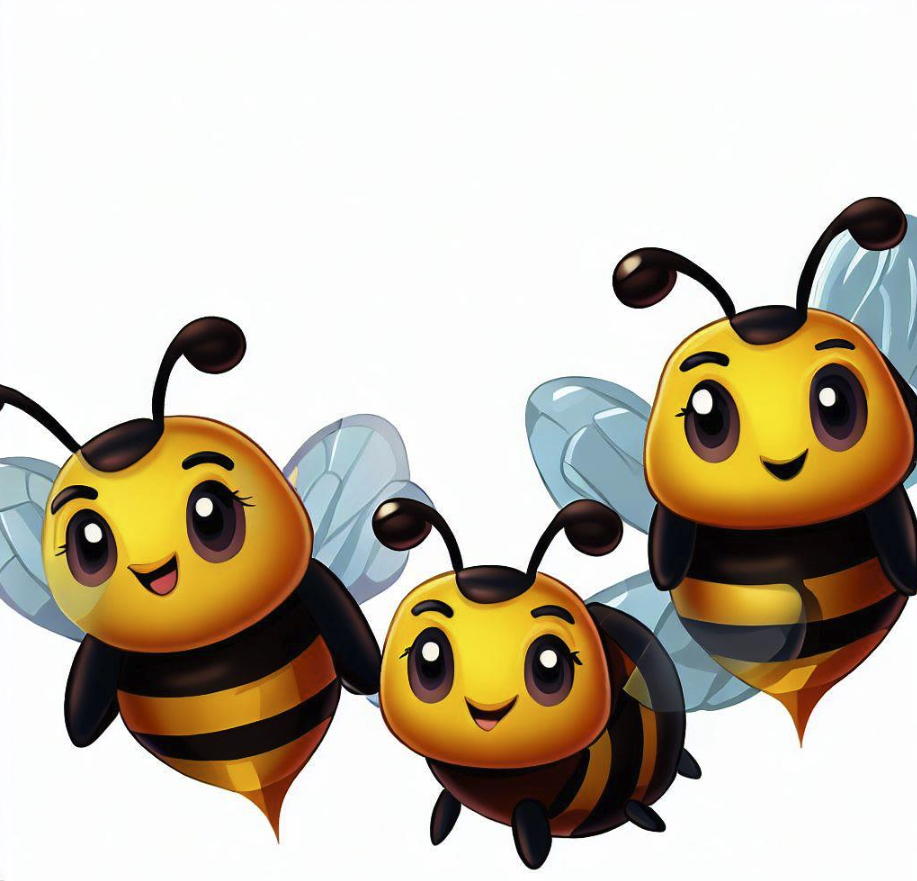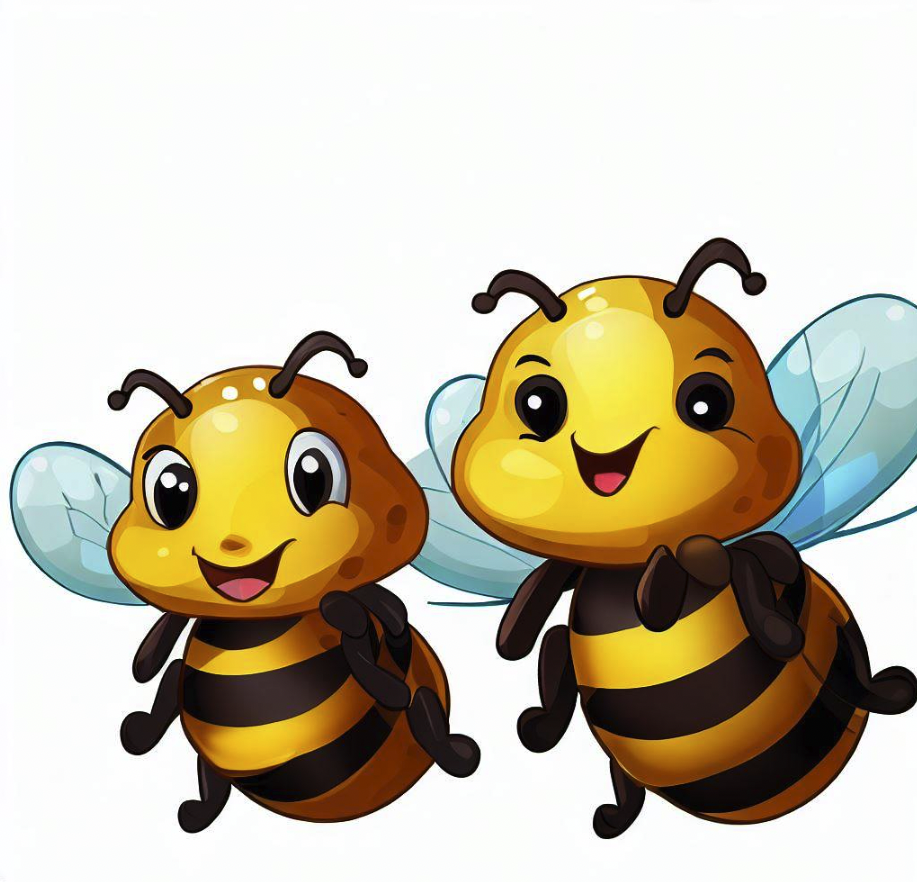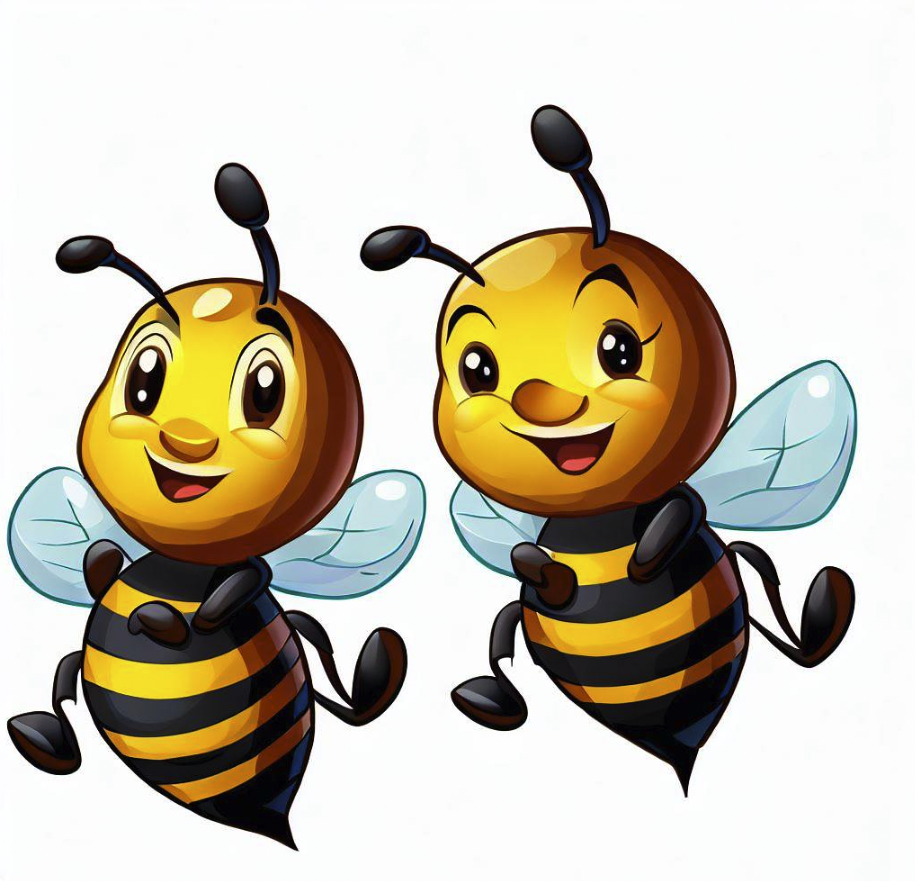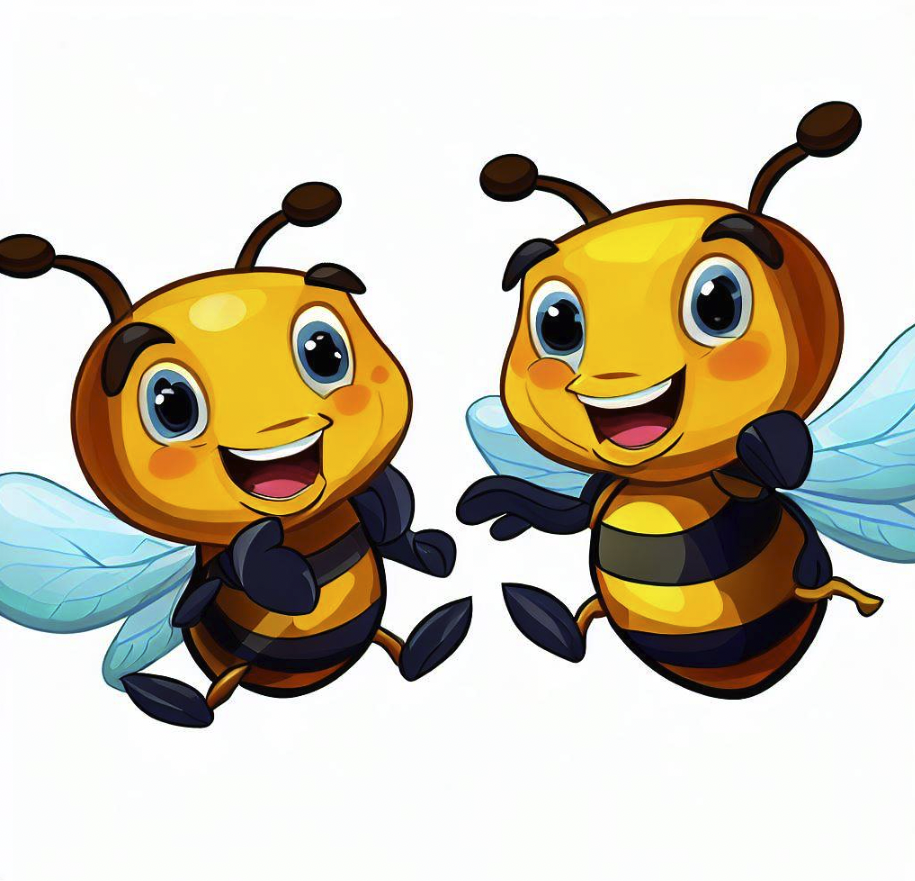Bees, wasps, and hornets are often grouped together due to their similar appearance and reputation as stinging insects.
However, these three creatures belong to different families and exhibit distinct behaviors and characteristics.
Understanding the differences and similarities between bees, wasps, and hornets is crucial for both our safety and the preservation of these important pollinators.
What are the differences between bees, wasps, and hornets?
- Bees are vital pollinators.
- Wasps act as natural pest controllers.
- Hornets, a type of wasp, are known for their larger size and potent sting.
- All three playing crucial ecological roles despite their distinct families and behaviors.
Below we look in more detail at bees, wasps, and hornets, exploring their biology, behavior, ecological roles, and the benefits they bring to our environment.
Table of Contents
The Buzz about Bees
Bees are flying insects that are best known for their role as pollinators.
They belong to the family Apidae and are divided into over 20,000 species worldwide.
The most common types of bees are honeybees, bumblebees, and solitary bees.
Honeybees: Nature’s Sweet Producers
Honeybees (Apis mellifera) are perhaps the most well-known and economically important bees.
They are social insects that live in large colonies, with a queen bee leading the hive and worker bees performing various tasks such as foraging, nursing the young, and building honeycombs.
Honeybees play a vital role in pollination, contributing to the reproduction of numerous plant species.
They are responsible for pollinating crops such as almonds, apples, and blueberries, making them essential for agricultural productivity.
In fact, it is estimated that honeybees contribute to the pollination of around one-third of the world’s food crops.
Bumblebees: Buzzing Pollinators
Bumblebees (Bombus spp.) are another important group of bees.
They are larger and hairier than honeybees, with a distinctive buzzing sound.
Bumblebees are known for their ability to perform “buzz pollination,” where they vibrate their flight muscles to release pollen from flowers that are otherwise difficult to access.
These industrious insects are crucial for the pollination of various plants, including tomatoes, peppers, and strawberries.
Their large size and furry bodies allow them to carry more pollen, making them efficient pollinators.
Solitary Bees: Unsung Heroes
Solitary bees, as the name suggests, do not live in colonies like honeybees or bumblebees.
Instead, they build individual nests and lay eggs in tunnels or cavities. Solitary bees come in various species, such as mason bees, leafcutter bees, and carpenter bees.
Although solitary bees may not receive as much attention as honeybees or bumblebees, they are equally important for pollination.
In fact, some solitary bee species are even more efficient pollinators than honeybees due to their specialized behaviors and preferences for certain flowers.

Wasps: Nature’s Pest Controllers
Wasps belong to the family Vespidae and are often misunderstood due to their reputation as aggressive stingers.
However, wasps play a crucial role in ecosystems as natural pest controllers.
Paper Wasps: Builders of Intricate Nests
Paper wasps (Polistes spp.) are a common type of wasp known for their distinctive nests made from chewed wood fibers mixed with saliva.
These nests are often found hanging from eaves, branches, or other protected areas.
While paper wasps can deliver painful stings when threatened, they are generally not aggressive unless their nest is disturbed.
They primarily feed on nectar and insects, making them beneficial for controlling pest populations in gardens and agricultural fields.
Yellowjackets: Social Hunters
Yellowjackets (Vespula spp. and Dolichovespula spp.) are social wasps that live in colonies similar to honeybees.
They are known for their yellow and black striped bodies and their affinity for sweet foods, which can make them a nuisance at picnics or outdoor gatherings.
Yellowjackets are opportunistic predators, feeding on insects, spiders, and even other small animals.
They also scavenge for sugary substances, which is why they are often attracted to human food and beverages.
Despite their pesky reputation, yellowjackets contribute to pest control by preying on garden pests.

Hornets: The Mighty Builders
Hornets belong to the genus Vespa and are a type of wasp known for their large size and potent sting.
They are often mistaken for oversized wasps due to their similar appearance, but hornets have distinct characteristics that set them apart.
European Hornets: Invasive Giants
The European hornet (Vespa crabro) is the most well-known hornet species. Originally from Europe, these hornets have been introduced to other parts of the world, including North America.
European hornets are larger than most wasps and have a brownish-red coloration with yellow stripes on their abdomen.
European hornets are beneficial insects that help control populations of other insects, including flies, caterpillars, and even other wasps.
However, they can become aggressive if their nest is disturbed, so caution should be exercised when encountering them.
What is the Difference Between Bees, Wasps, and Hornets?
FAQs – Bees vs. Wasps vs. Hornets
1. What is the difference between bees, wasps, and hornets?
Bees, wasps, and hornets belong to different families and exhibit distinct behaviors.
Bees are known for their role as pollinators, while wasps and hornets are natural pest controllers.
Wasps and hornets are often mistaken for each other, but hornets are generally larger and have a more potent sting.
2. Are bees aggressive?
Bees are generally not aggressive unless they feel threatened or their hive is disturbed.
Honeybees, for example, will only sting as a last resort to protect their colony.
Bumblebees and solitary bees are even less likely to sting unless directly handled or threatened.
3. Why are bees important?
Bees are crucial for pollination, which is essential for the reproduction of many plant species.
They contribute to the pollination of numerous food crops, making them vital for agricultural productivity and food security.
Bees also play a role in maintaining biodiversity by pollinating wildflowers and supporting ecosystems.

4. Do wasps and hornets pollinate?
While wasps and hornets may inadvertently transfer some pollen while foraging, they are not efficient pollinators like bees.
Their primary ecological role is pest control, as they prey on insects and help regulate populations of garden pests.
5. How can I differentiate between a bee and a wasp or hornet?
Bees are generally rounder and fuzzier than wasps or hornets. They have branched hairs on their bodies that help collect pollen.
Wasps and hornets, on the other hand, have smoother bodies with fewer hairs.
Additionally, bees are typically less aggressive and more focused on foraging for nectar and pollen.
6. Are all stinging insects harmful?
While stinging insects can deliver painful stings, not all of them are harmful.
Bees, wasps, and hornets play important ecological roles and are generally not aggressive unless provoked.
It is important to exercise caution and respect their space to avoid unnecessary encounters.
7. Can bees, wasps, or hornets be beneficial for my garden?
Yes, bees, wasps, and hornets can be beneficial for gardens.
Bees are excellent pollinators and can help increase fruit and vegetable yields.
Wasps and hornets contribute to pest control by preying on insects that may damage plants.
However, it is important to strike a balance and ensure their presence does not pose a threat to human safety.
8. How can I attract bees to my garden?
To attract bees to your garden, you can provide a variety of flowering plants that offer nectar and pollen as food sources.
Choose plants with different bloom times to provide a continuous supply of food throughout the growing season.
Avoid using pesticides that can harm bees and other beneficial insects.
9. What should I do if I encounter a bee, wasp, or hornet?
If you encounter a bee, remain calm and avoid making sudden movements or swatting at it.
Bees are generally not aggressive and will only sting if they feel threatened. If you are stung, gently remove the stinger and clean the area with soap and water.
If you have an allergic reaction or are stung multiple times, seek medical attention.
10. How can we protect bees, wasps, and hornets?
Protecting bees, wasps, and hornets is crucial for maintaining biodiversity and ecosystem balance.
Some ways to help include planting bee-friendly gardens, avoiding the use of pesticides, providing nesting sites for solitary bees, and educating others about the importance of these insects.
Additionally, preserving natural habitats and supporting conservation efforts can contribute to their protection.
Summary
Bees, wasps, and hornets are fascinating creatures that play important roles in our ecosystems.
Bees are renowned for their pollination services, while wasps and hornets contribute to pest control.
Understanding the differences and similarities between these insects can help us appreciate their ecological value and coexist with them peacefully.
By creating bee-friendly environments and promoting conservation efforts, we can ensure the survival of these vital insects for generations to come.
Related


